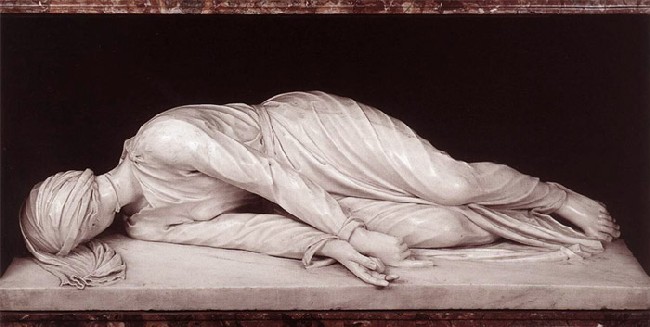
St. Leo Abbey is located in the town of St. Leo, Florida, USA. But St. Leo is very tiny, there is not a town with shops or a gas station. The town of St. Leo has the St. Leo Abbey, the Holy Name Monastery (a Benedictine sisters community — Benedictine Sisters of Florida ), a couple of small residential areas, and St. Leo University which has about 1000 students living on campus.
The nearest town to St. Leo is the adjacent small town of San Antonio, Florida, with a historic downtown and a restful town park near the middle of town. Its sleepy feel belies one of the most interesting small-town histories in Florida.
San Antonio was founded in 1881 by Judge Edmund Dunne as part of a 100,000-acre Catholic-only colony in west-central Florida. Judge Dunne acquired the land in payment of services to Hamilton Disston whose purchase of land from the state of Florida helped save the state from bankruptcy in 1881.
The Catholic-only part of the colony lasted six years, but Catholic settlers remain a major part of the area even to this day.
Indeed, it was the need for priests for the German-speaking Catholics in the Catholic colony of San Antonio that brought Benedictine monks to San Antonio at the request of Judge Dunne in 1889 to found what would become St. Leo Abbey and the town of St. Leo.
The area remained known as a Catholic enclave and during the World War I era, Florida Governor Sidney J. Catts capitalized on the strong anti-German and anti-Catholic sentiments in the state.
Governor Catts spread and fueled anti-Catholicism throughout the state by claiming the “German” St. Leo Abbey was a hidden guns and munitions arsenal that the Benedictine monks were planning on using to arm the Florida Negroes to overthrow Florida and install Germany’s Kaiser Wilhelm II.
But, according to Governor Catts, what was more ominous in the plot was the next part of the plan in which the German Kaiser would allow Pope Benedict XV to take over Florida and relocate the Vatican to San Antonio, Florida. Of course, such claims were false, but fed a public gullibility.
Although the anti-Catholic opinion caused some Catholics and Protestants to leave the San Antonio area, other Protestants, showing an earned respect for the monks and their abbey, made public displays of their association with their Catholic neighbors.
It is difficult to believe that St. Leo Abbey would be at the center of such political controversies, but these incidents are just one more part of the long-history of the Benedictines since 530 AD. And besides that, if Pope Benedict XVI needs to move the Vatican, I know just the place.
____________________________________
Picture is St. Peter's by lostajy.
An extra note:
I like St. Leo Abbey. I like to see visitors come and sense the peaceful tranquility and beauty of the Abbey’s Church of the Holy Cross.
As an oblate, I too am only a visitor to the Abbey, but with a great many such visits under my belt and the warm welcome of the monks, I often think of it as my abbey too. It is a remarkable place.
Anyway, on a recent afternoon I was alone in the Abbey church when a well-dressed couple came in and showed what at first seemed to be great interest in looking at all parts of the Church’s interior. To me, the church is beautiful.
As the couple walked by me, I heard the woman say in a I-am-wasting-my-time-here-tone, “This is just like the churches in Rome I’ve toured.” Huh? I almost laughed out loud. We are here in Florida at a small Abbey and she’s disappointed because the only thing the monks can pull off is being equal to the historic churches in Rome?!
Too funny.
.
Thursday, March 26, 2009
A Tale of Two Cities. A Benedictine oblate blog
Labels:
San Antonio,
St. Leo Abbey - History
Subscribe to:
Post Comments (Atom)









That was a fun read. I love history and those bits of colorful local history are like unexpected gems. Your telling of the story was well done.
ReplyDeleteThanks Michael. St. Leo (like all such places) is well worth the time to learn about its history. And you are right -- it's often very colorful.
ReplyDelete